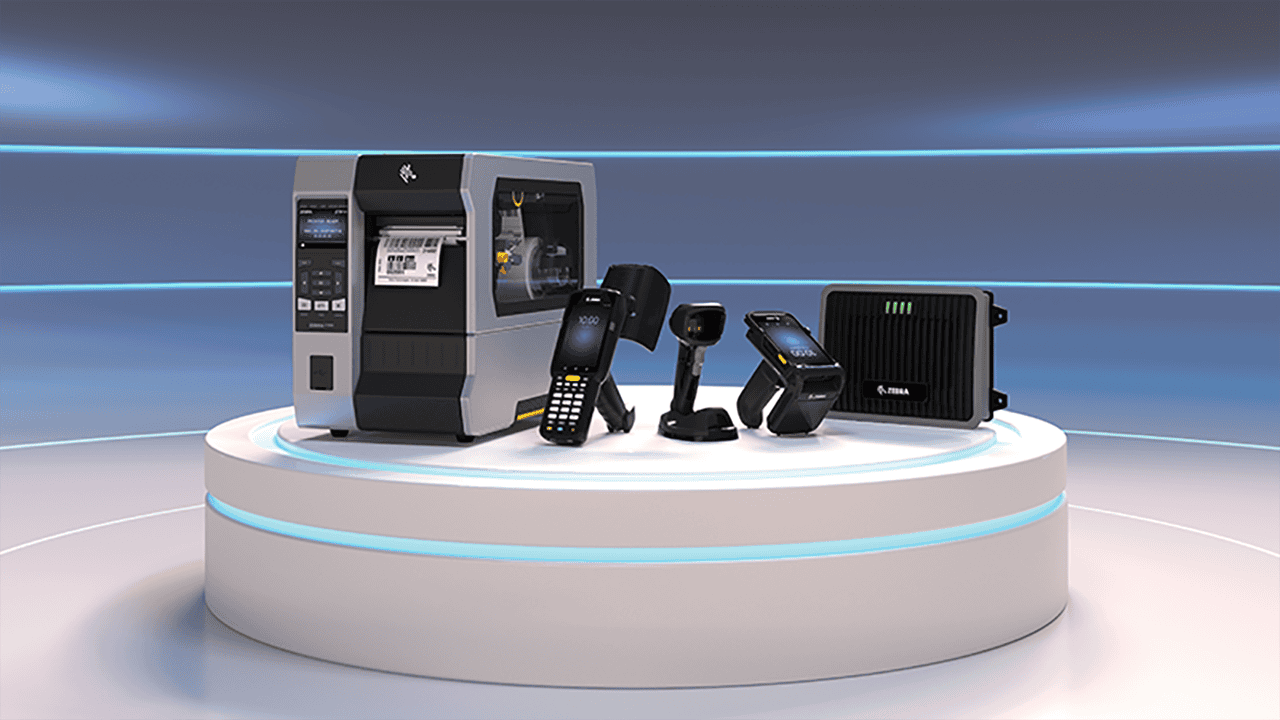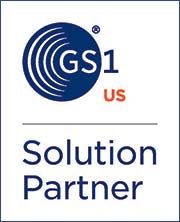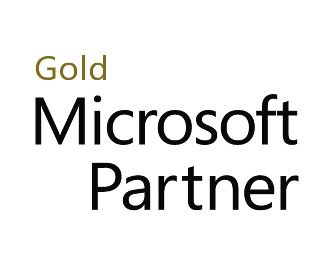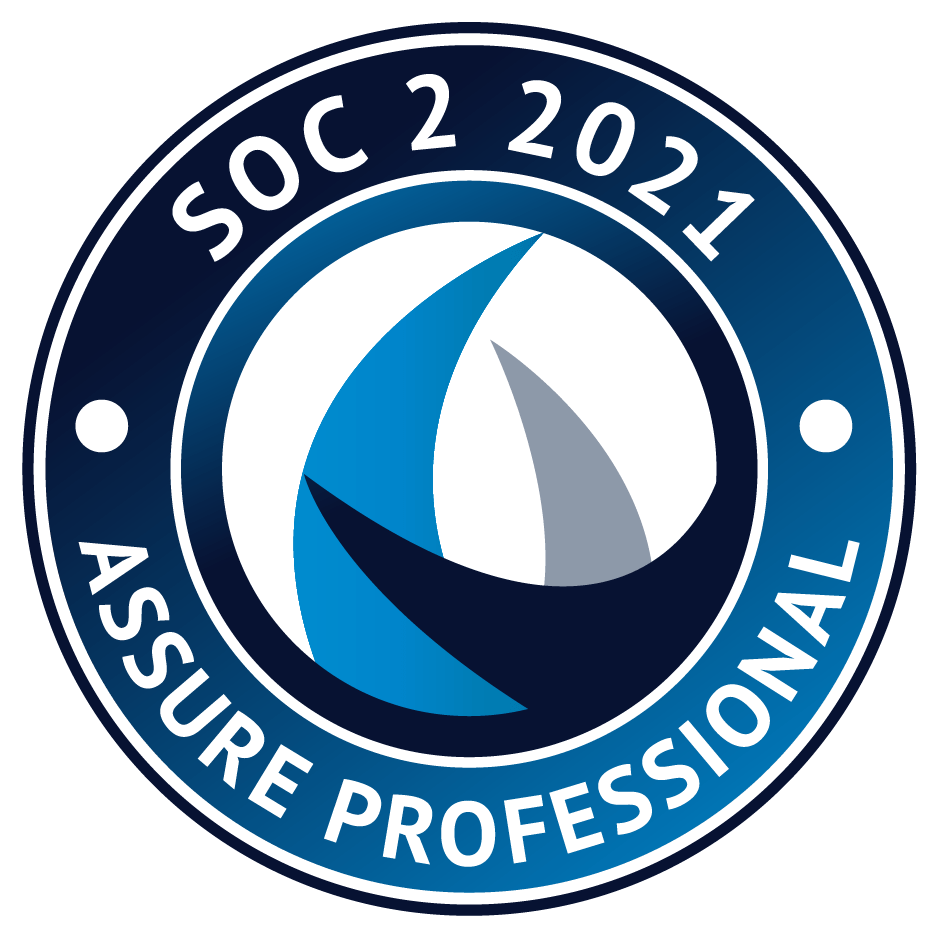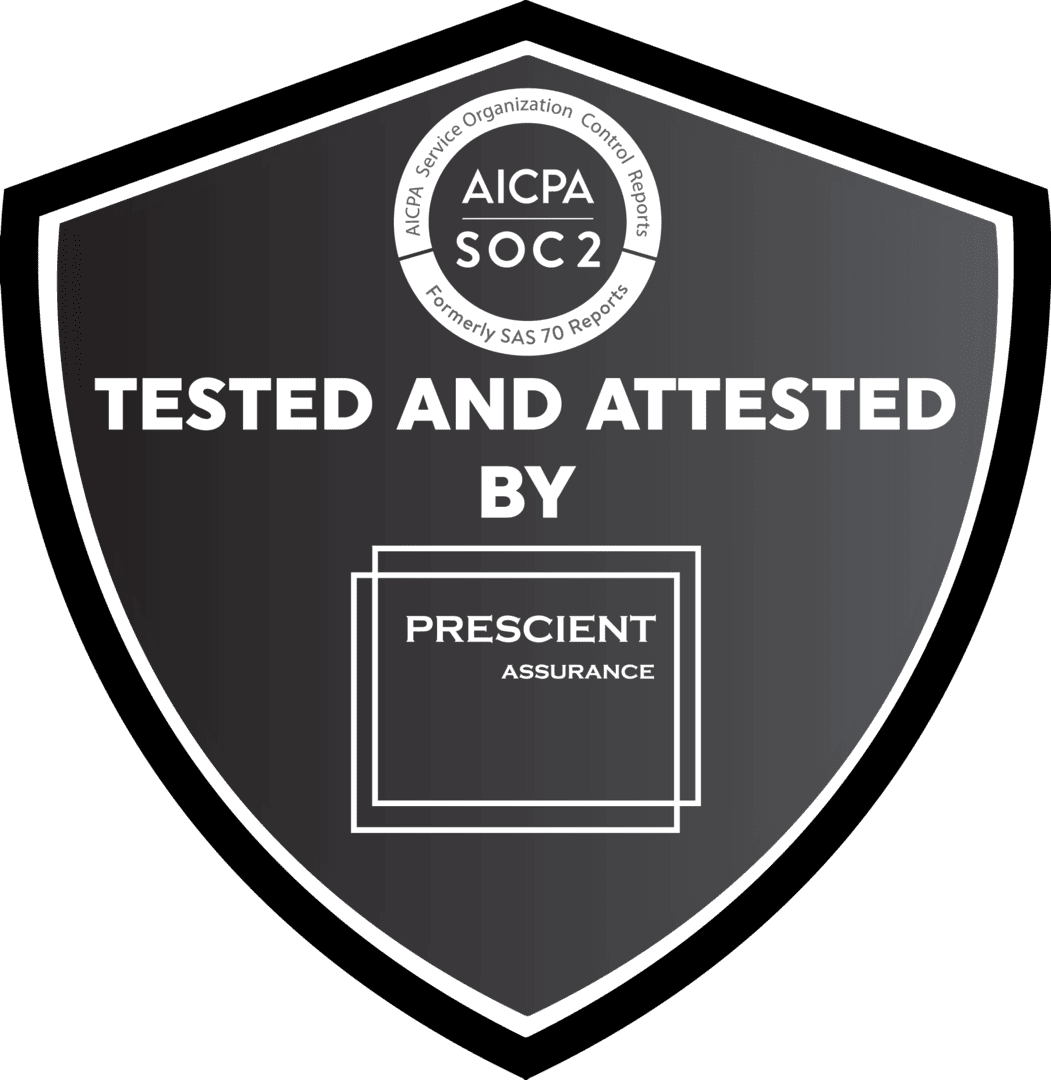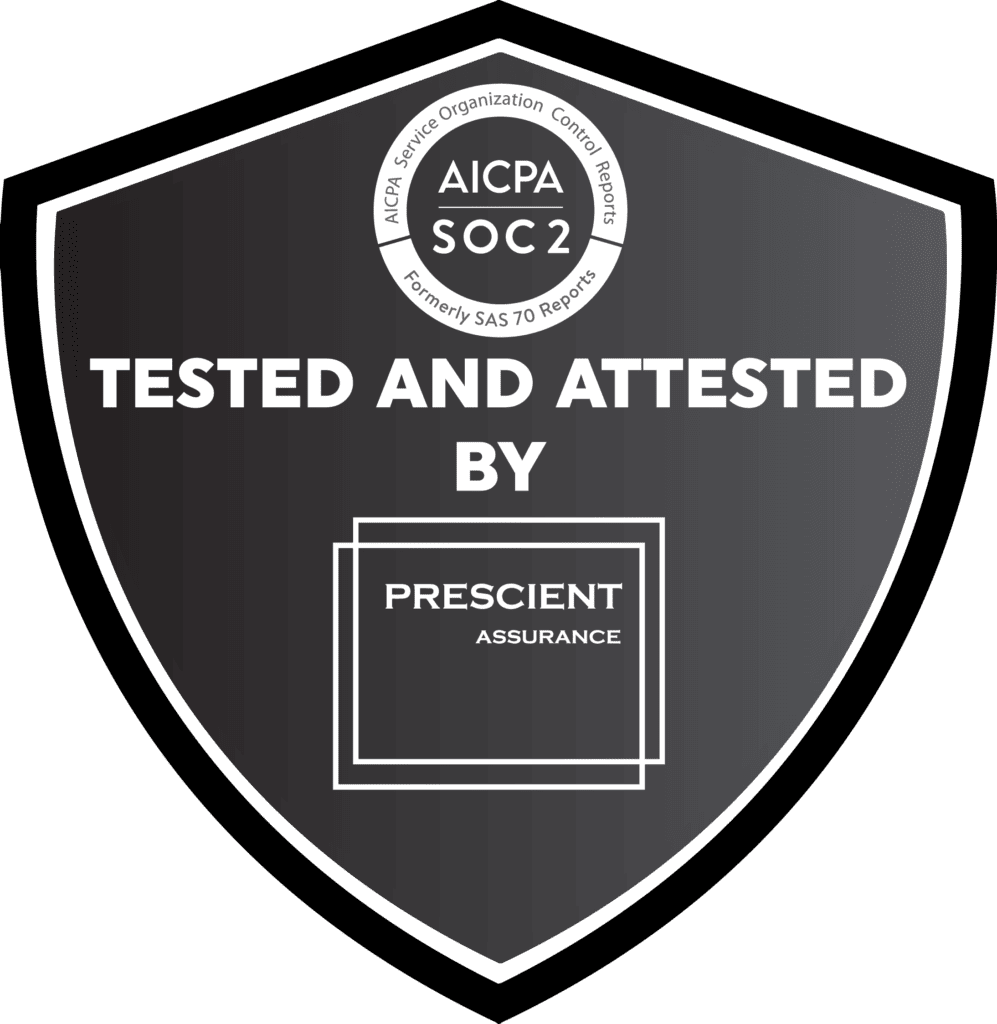Few locations are more chaotic than a hospital or healthcare facility. Staff members work around the clock providing patient care, and are often so busy and overworked that administrative tasks like equipment tracking get overlooked. In order to be effective, an RTLS Healthcare tracking solution must be fast and simple to use.
A single asset, such as an IV pump, often moves around the hospital several times a day in many different locations. When you have thousands of these assets to track, the tracking process can be frustrating and time-consuming. It’s easy to lose track of equipment. A real time location system (RTLS) helps solve common issues with asset tracking, and makes the process much more efficient.
RTLS solutions are also used to improve patient care. RTLS tags are being used in innovative ways, such as tracking patients with dementia and ensuring they stay within safe spaces. There are many important applications for RTLS within the field of healthcare.
There are so many different RTLS healthcare vendors, and many different types of RTLS systems. In order to choose the best solution for your facility’s needs, it’s important to consider cost, current physical facility limitations, capabilities and ease of use. Let’s examine the different types of RTLS technology and their potential applications and benefits.
What is RTLS Tracking?
In simple terms, RTLS technology involves three basic elements:
RTLS tags: A wireless device that enables an item to be digitally tracked in real time.
RTLS receiver: This device collects signals from each RTLS tag.
RTLS System: The RTLS solution processes the data from each tag, in order to provide exact location and other included information.
What are the Benefits of Using RTLS Technology in Healthcare?
Save Time and Effort
By far, the main reason healthcare facilities choose RTLS is for its efficiency. Unlike outdated legacy tracking systems, RTLS solutions are quick and simple to use. Staff can easily track assets without having to learn complex procedures, and tagged assets can be located in real time. RTLS is also useful in emergency situations, enabling healthcare providers to rapidly locate the items they need instead of spending valuable time searching.
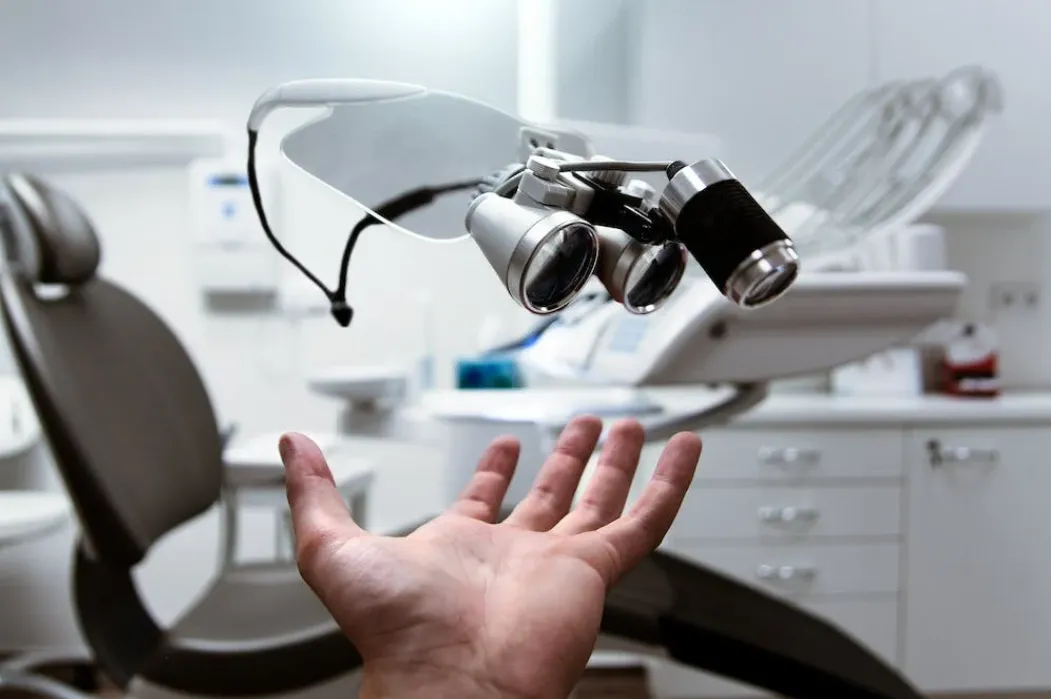
Avoid Security Risks
RTLS systems are highly secure and difficult to hack, meaning that the data contained on tags stays private. This benefit is especially important for the security of healthcare IT, due to the sensitive nature of information being stored.
Improve Contact Tracing
RTLS software enables hospital staff to efficiently track patient contacts and share relevant patient information. Studies have shown that RTLS technology is a particularly valuable tool for infectious disease tracking. RTLS can be used during Covid-19 outbreaks to effectively trace each patient’s contacts, reducing the potential spread of the virus.
Avoid Loss and Theft
With so many patients and staff having access to healthcare assets, items often go missing. Whether medical equipment is lost or stolen, the associated costs can be staggering over time: up to $52 million in some cases. Using RTLS in hospitals helps prevent these losses by providing exact asset location and usage history.
Reduce Workload on Busy Healthcare Staff
Keeping track of equipment and other assets is one of the most important yet time-consuming tasks associated with healthcare work. Many healthcare facilities have outdated, complicated tracking systems that staff struggle to use. Using a simple and efficient RTLS solution takes this burden off workers, enabling them to focus on patient care instead of wasting time inputting information.
Keep Track of Asset Lifecycle
RTLS tags can store important information about each asset, including its use history. This data helps healthcare providers track when items need to be maintained or replaced.
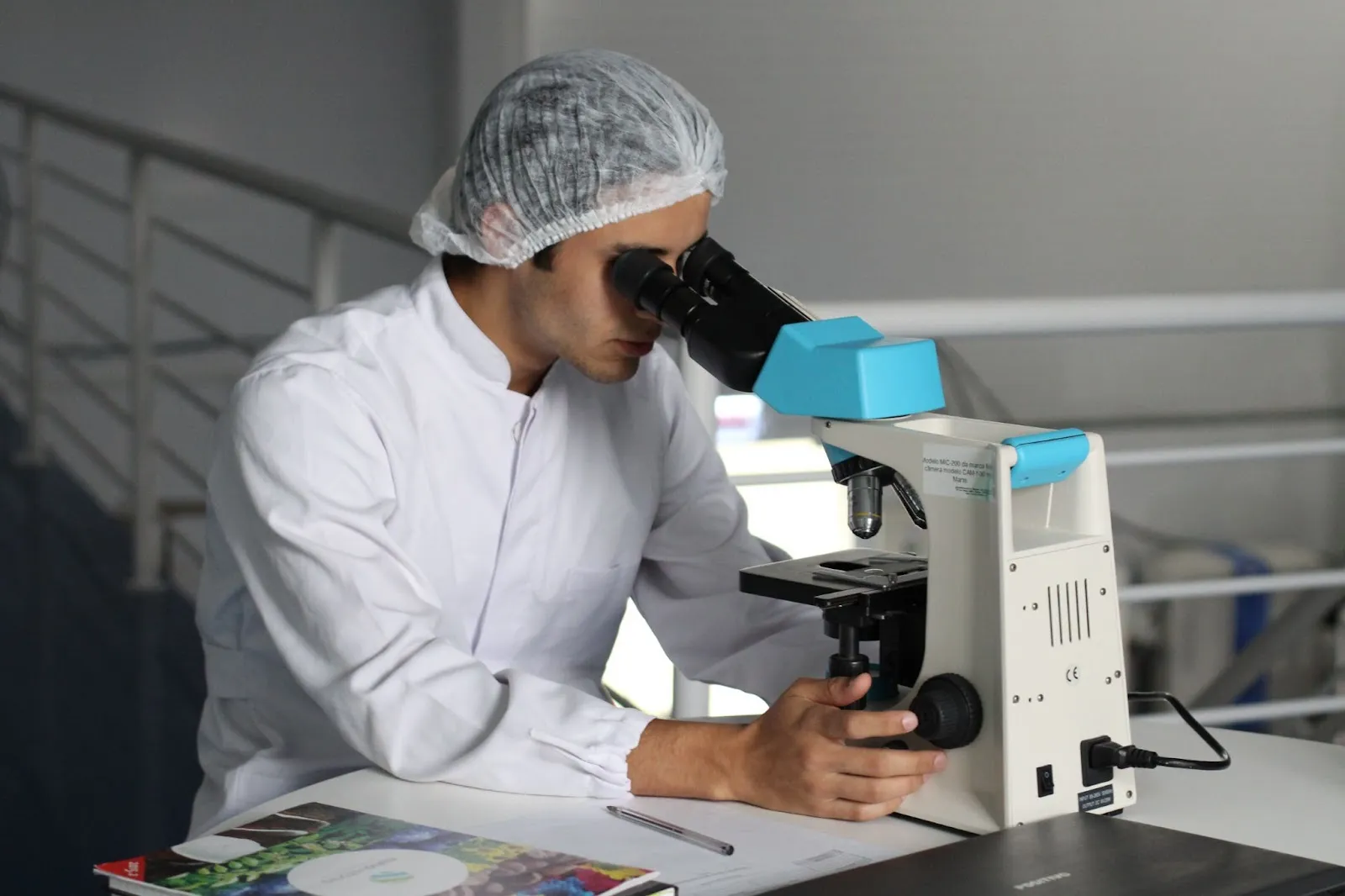
What is the Best Available RTLS Technology in Healthcare?
There are a variety of different RTLS healthcare solutions. These real time location systems each have their own advantages and disadvantages.
Infrared
Infrared RTLS tags use infrared light, and infrared receivers locate the tagged item based on how strong its signal is. Infrared RTLS is an outdated technology, and there are many things that can interfere with an infrared signal. Infrared tracking is not ideal in large locations such as hospitals. The infrastructure required for infrared is also very costly.
Ultrasound
Instead of light, ultrasound RTLS tags use high-frequency sound waves for location. Ultrasound technology has the same problems as infrared – expensive and prone to weak or interrupted signals.
Wi-Fi
Some RTLS systems use Wi-Fi for tracking purposes. Wi-Fi RTLS does not require the expense of infrared or ultrasound, but it comes with its own limitations. Healthcare facilities using Wi-Fi to track assets must install multiple new Wi-Fi access points and increase their bandwidth (the amount of data per second that can be delivered over an internet connection). Wi-Fi tracking also has low accuracy, and can only provide the general zone where the asset is located.
Bluetooth Low Energy (BLE)
Bluetooth technology also uses Wi-Fi, radio frequency and signal strength to determine an asset’s location. Bluetooth is inexpensive, but it also has very low accuracy, making it difficult to pinpoint an asset’s exact location.
Radio-Frequency Identification (RFID)
There are two types of RFID technology: active RFID and passive RFID. Passive tags cost less, as they do not have a power source of their own. Passive tags contain only basic information about an item and its location. Active RFID tags, on the other hand, have an internal power source. This battery enables the active tag to send signals to the RFID tag reader. This functionality provides a high degree of accuracy when locating tagged items. Many healthcare facilities choose RFID tracking for its accuracy and overall cost.
What Costs are Associated with RTLS Healthcare Solutions?
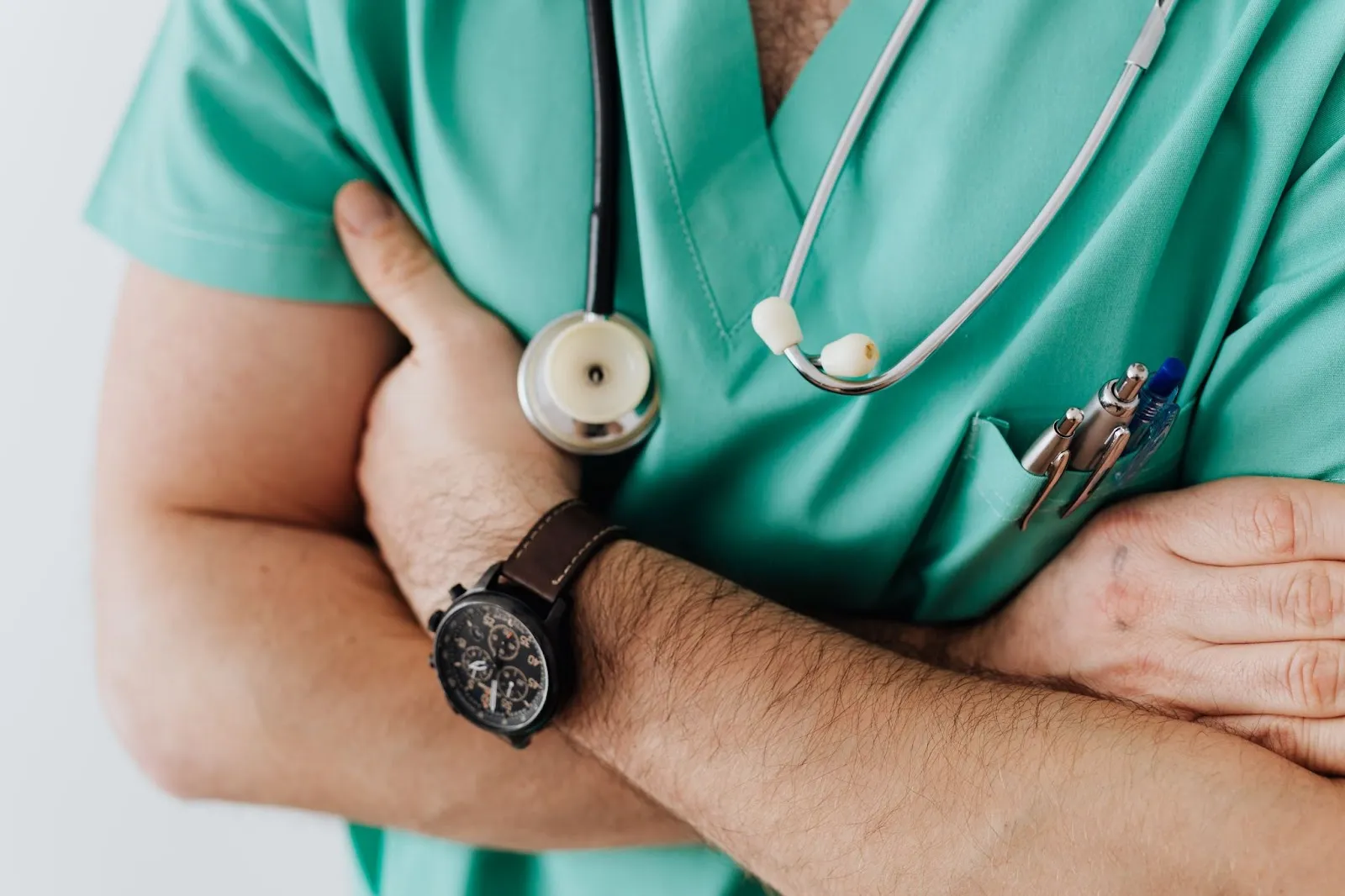
All RTLS solutions involve setup costs, as well as the cost of the actual devices used for location tracking. Expenses can vary wildly from one solution to another. Infrared and ultrasound, for example, require extensive rewiring and have high installation costs.
RFID solutions also have setup costs, but tend to be much less expensive to use and maintain over time. Using RFID helps you reduce operational costs, optimize care and reduce medical and shipping errors.
In addition to initial setup, it is also important to consider long-term costs, including maintenance, battery replacement, and so on. With any asset tracking solution, it is essential to factor the cost of employee time and effort into the equation as well.
How Do I Choose Between the Different RTLS Healthcare Vendors?
The first step in choosing an RTLS healthcare solution is to determine the unique needs of your healthcare facility and medical staff.
What do you want to use the tracking software for?
Specific use cases for RTLS technology in healthcare may include:
- Contact tracing
- Patient flow
- Asset location and status
- Hand hygiene compliance monitoring
The ideal RTLS solution may vary depending on how you plan to use your tracking software.
What problems or current weaknesses are you trying to address?
It is essential to have a list of issues you are looking to solve with an RTLS solution. Are you looking to reduce workload, prevent theft, track patient contacts, etc? Knowing your facility’s specific challenges in advance will help you select the solution that most closely fits these needs.
What physical layouts and infrastructure are present in your healthcare facility?
Having a general idea of your facility’s rooms, hallways, storage areas, internet setup, Wi-Fi and so on is another factor to consider. Certain RFID solutions will not work, or will have very limited usages, in specific physical layouts.
Figuring out your requirements can be challenging. RTLS healthcare vendors have the expertise to help you assess your needs and restrictions. Before investing the time and money to set up a new tracking system, it is critical to understand how it will work for your facility’s needs.
Where Can I Find More Information About Using RTLS in Hospitals?
If your medical facility is in need of an RTLS solution, we are able to provide answers to your specific questions. Lowry Solutions provides RFID systems with superior asset tracking. We have decades of experience in the healthcare industry. Our RFID solutions are designed to be highly secure, ensuring confidentiality and security.
Contact our team of experts today to discuss your healthcare tracking needs.

